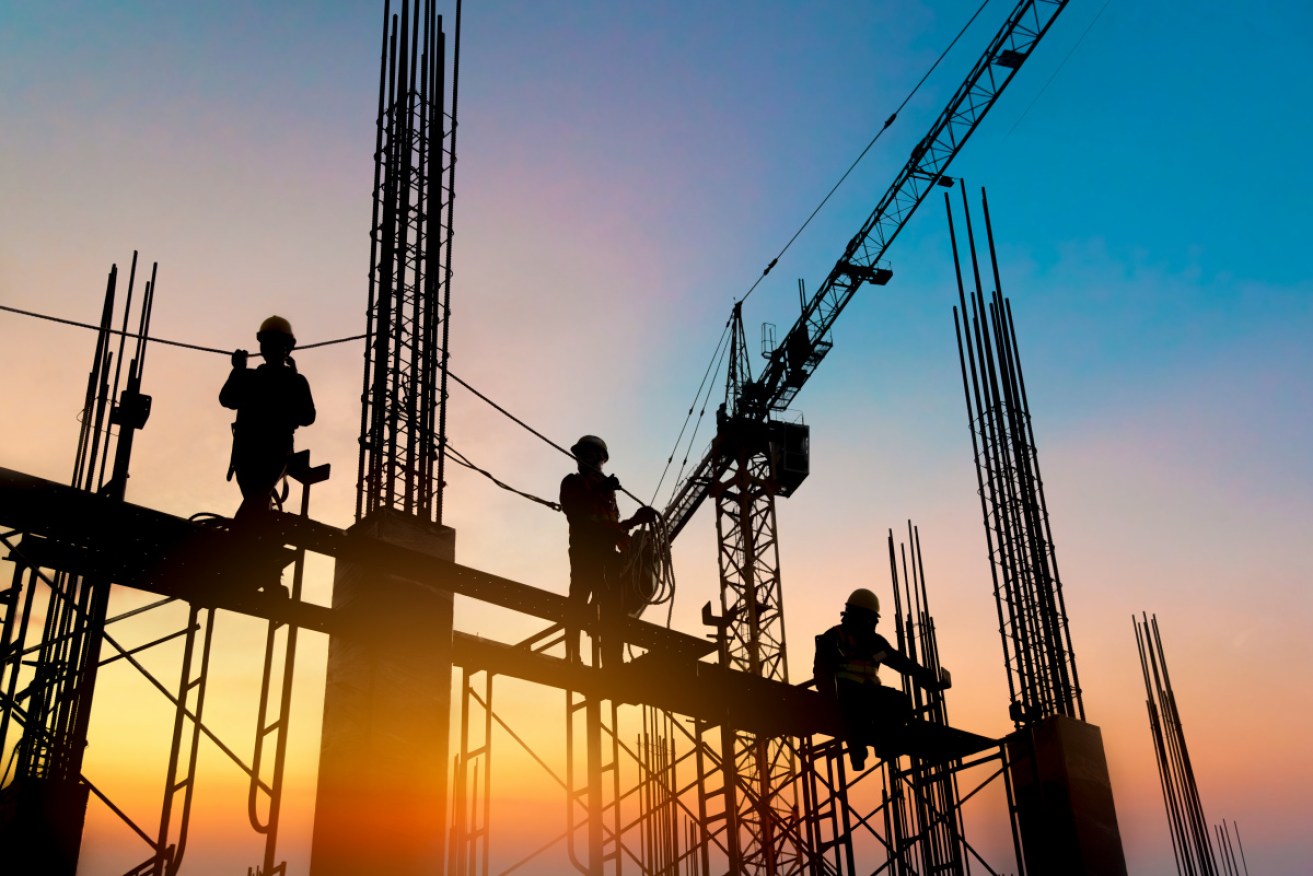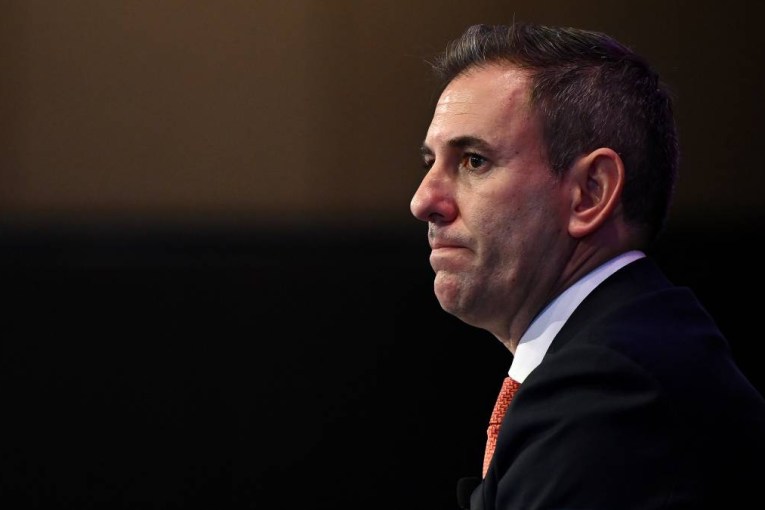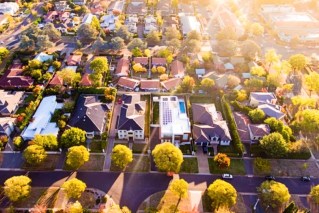Building more social housing will save almost 20,000 jobs a year: SGS Economics


Building more social housing could save almost 20,000 jobs a year, according to SGS Economics. Photo: Getty
The federal government could save almost 20,000 jobs a year if it builds more social housing, new modelling suggests.
Constructing 30,000 social and affordable homes over the next four years would generate a steady pipeline of jobs for tradies that would otherwise run out of work.
These tradies would then buy their lunch from neighbouring cafes and shops, and create extra work for scaffolders, planners and surveyors.
This large ‘economic multiplier effect’ explains why committing to a pipeline of 30,000 social homes over the next four years would save between 15,540 and 18,050 jobs a year, according to SGS Economics and Planning.
The economic consultants argue in a report released on Wednesday that this level of job creation – part of a $7.7 billion stimulus plan advanced by various housing groups – “could represent up to 30,000 individual workers whose jobs would be saved”.
“And it’s not just construction workers,” said SGS Economics and Planning principal Terry Rawnsley, who led the modelling.
“There’s development applications going through, so planning consultants will get work. There’s scaffolding going up, so that sector gets a hit as well.
And then the tradies will go and buy their chocolate milk and bacon egg roll every day and help the cafe sector – so it’s both direct jobs and the flow-on effects.”
Mr Rawnsley said the peak number of jobs saved would be in 2021-2022, which is “when we think the overall residential sector will fall off a cliff”.
“There’s enough pipeline for the next six months for the construction sector, but beyond that we get into uncharted territory,” he told The New Daily.
“So getting 5000 to 10,000 social housing units under construction in that period will save, depending on how bad the economy gets, up to 30,000 jobs during that financial year.”
Mr Rawnsley said boosting residential construction would stimulate the economy more than fast-tracking infrastructure, as home building was more labour-intensive and affordable housing was in short supply.
Stimulating construction also has the added benefit of creating jobs that require a range of different skills, meaning there will be opportunities for many types of workers, he said.
“Then [there’s] the benefit you get from social and affordable housing over the longer term … in making sure you can house as many people as [possible],” Mr Rawnsley said.
Social housing provides families with greater security of tenure, allows modest-income workers to live closer to their jobs, and increases productivity through improved health and wellbeing, he said.
The report comes as the federal government puts the finishing touches to its next major stimulus package.
Expected to be announced this week, the plan will reportedly focus on stimulating residential construction through large cash incentives for new-home buyers.
Although details of the grants have yet to be announced, reports suggest government will offer means-tested handouts of up to $40,000 to anyone who wants to buy a new home.
News.com.au reports that the Prime Minister is keen to deliver the grants through pre-existing first-home buyer schemes, which are subject to price caps, while the AFR claims the grants will be temporary and “means-tested to include upper-middle-income singles and couples”.
The office of Treasurer Josh Frydenberg declined to confirm these details when asked by The New Daily.
But he told reporters in Melbourne on Monday “the government is working through an announcement to be made shortly about support that we can give to the housing sector”.
“Because we recognise that it’s a long supply chain,” Mr Frydenberg said.
It’s not just the sparkie and the plumber and the carpenter on the building site. It’s also the timber mill. It’s also the appliance manufacturer for the new kitchen. It’s also those who help with the materials that go into the bathroom.”
Mr Rawnsley said the success of the home buyer grants would depend on how many Australians had the means and appetite to buy a new home during the economic downturn.
Social housing, on the other hand, would inject into the economy every dollar of funding allocated, as the homes would definitely be built.
On Monday, Mr Frydenberg said the government recognised there was a gap in the market when it came to social housing and would “have more to say in due course”.
Prime Minister Scott Morrison has said the government is also working on a rescue plan for the arts.










